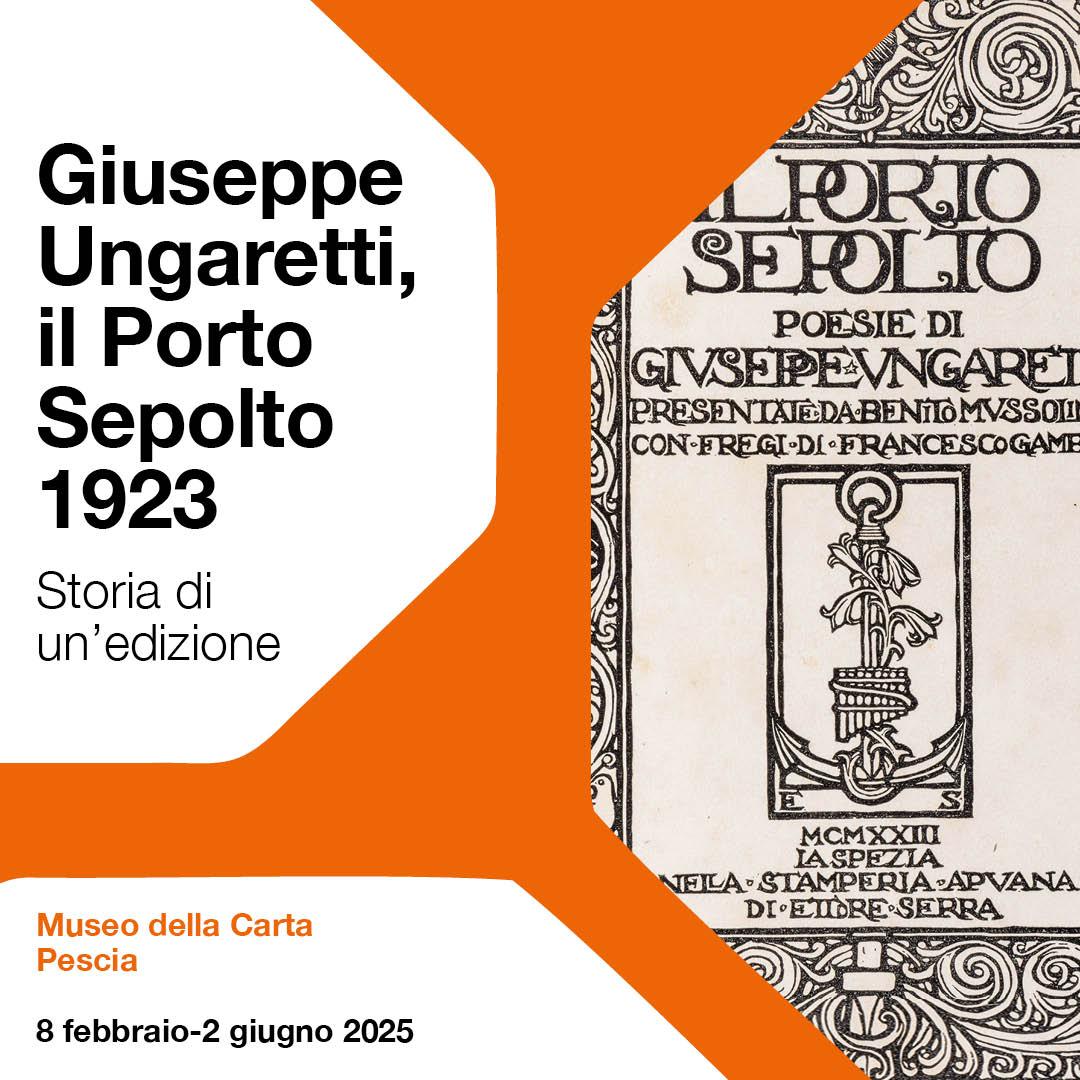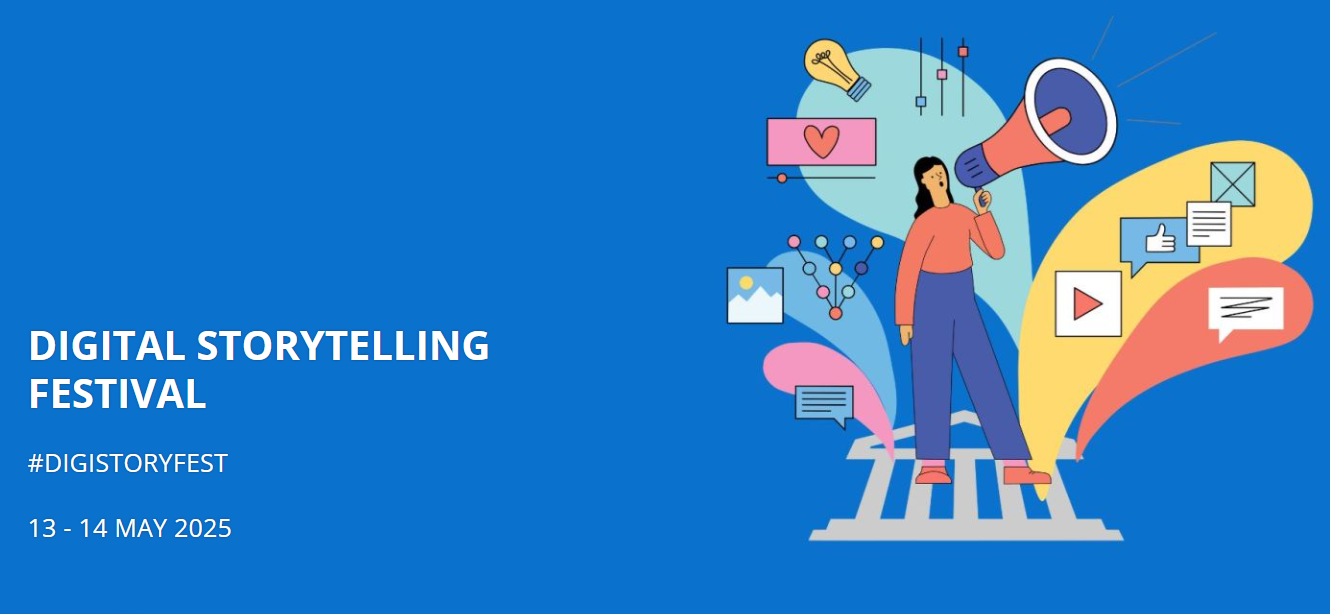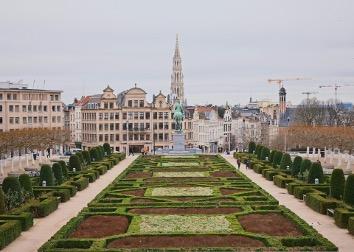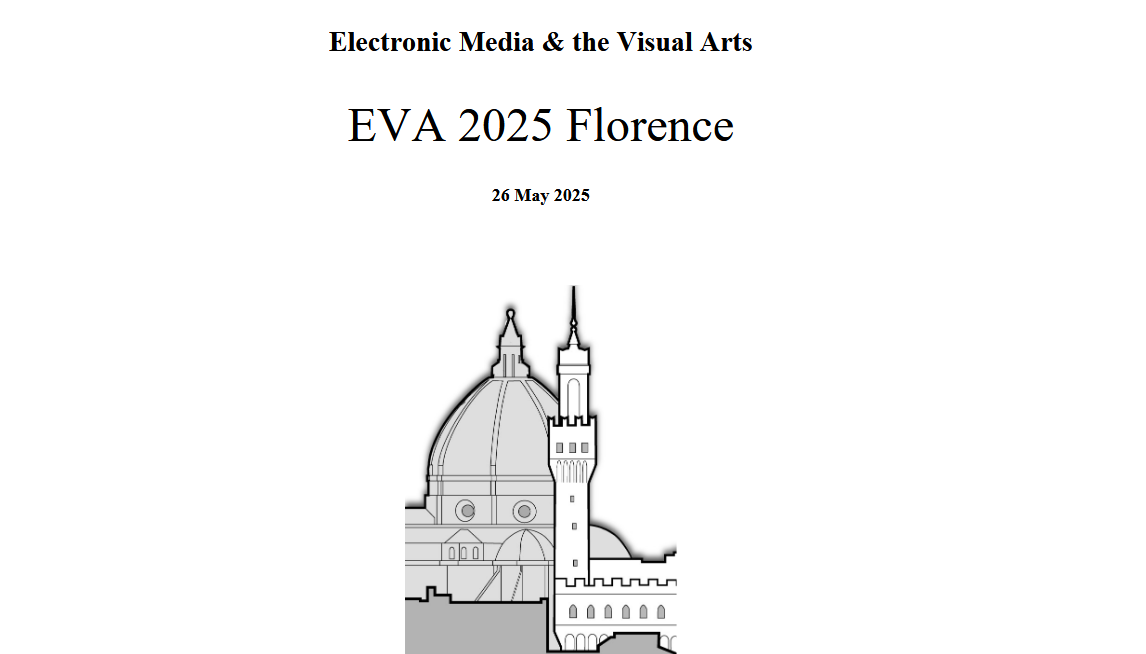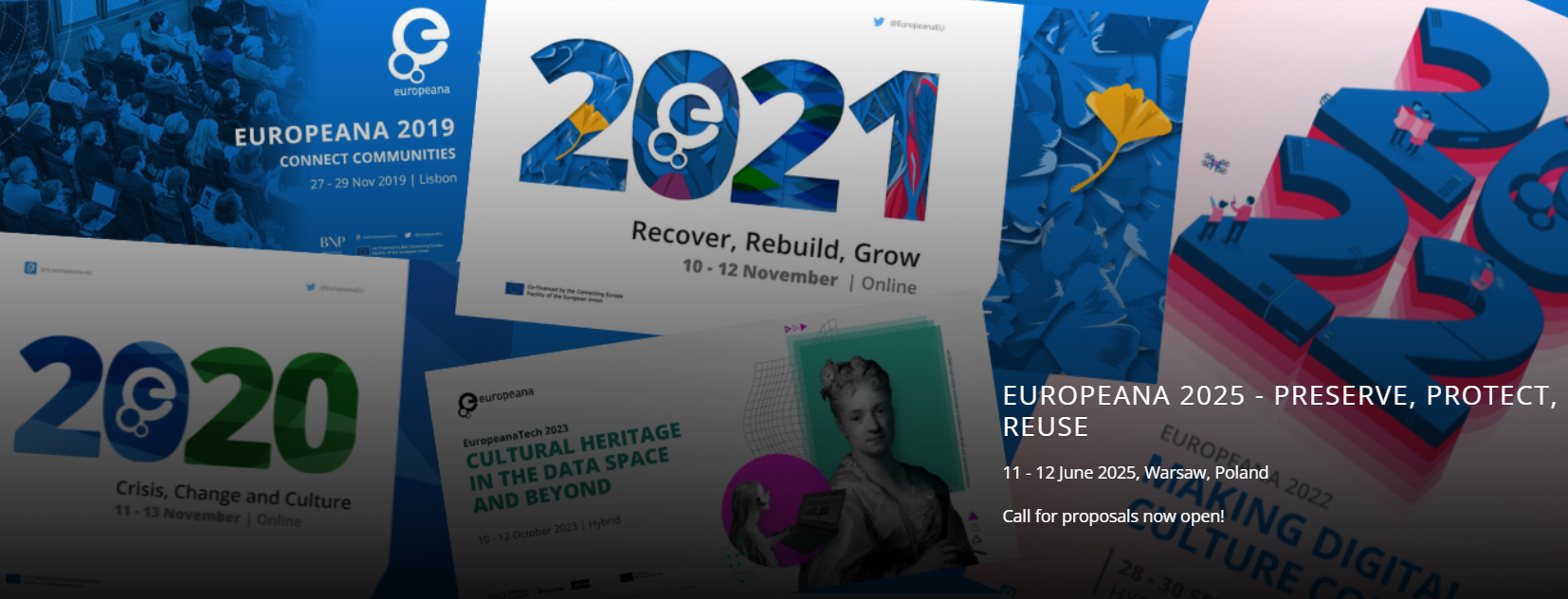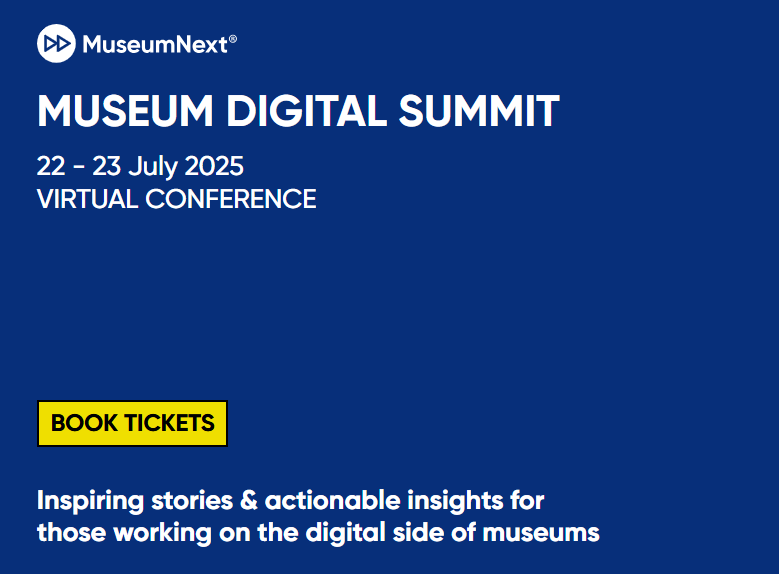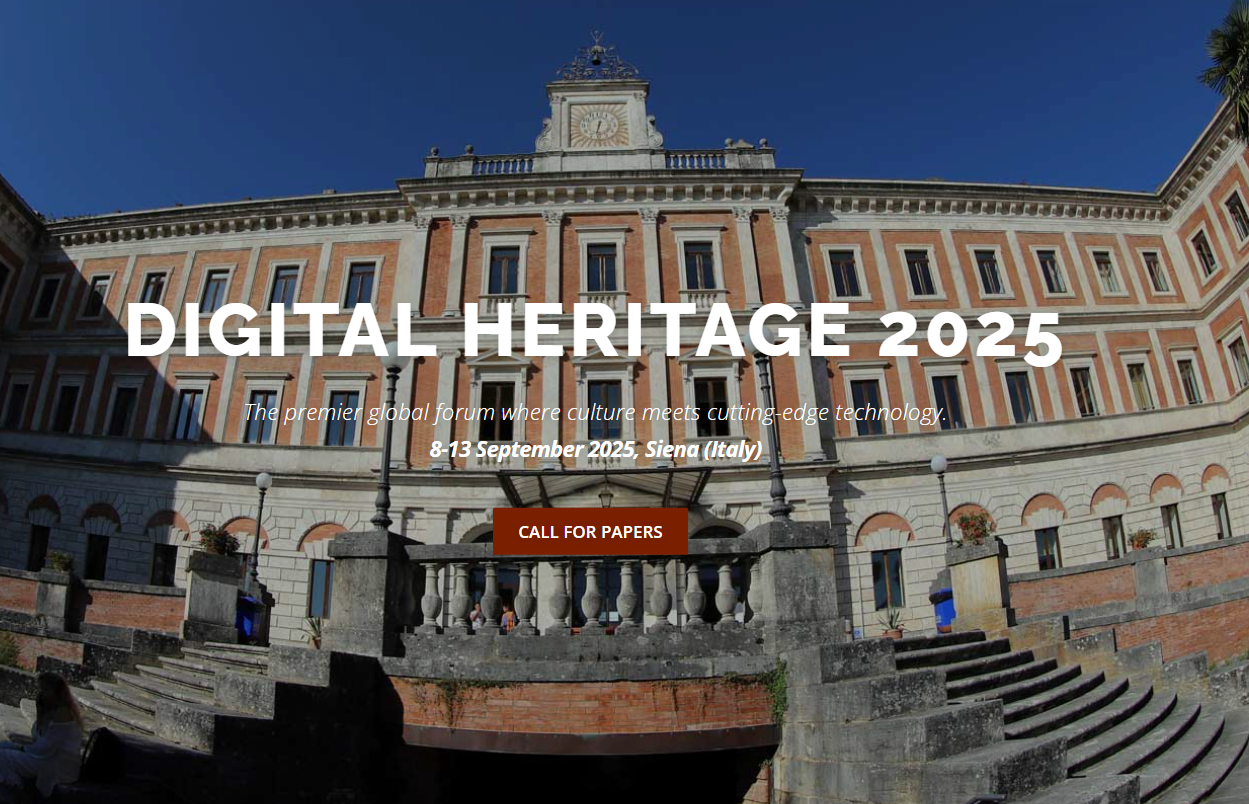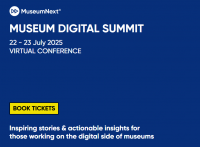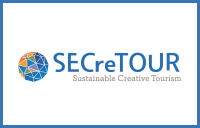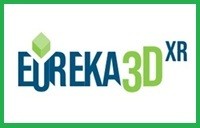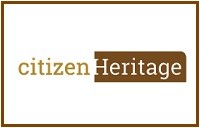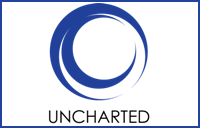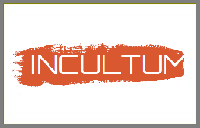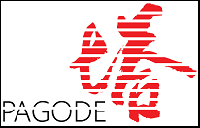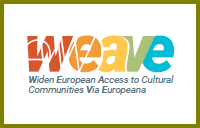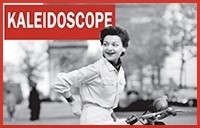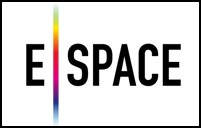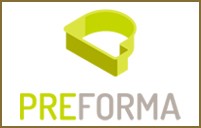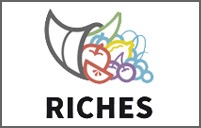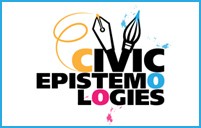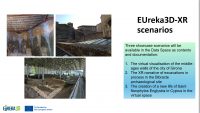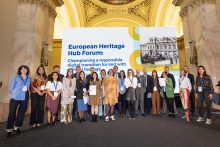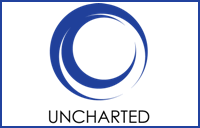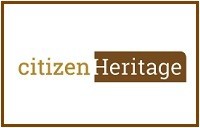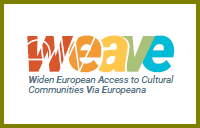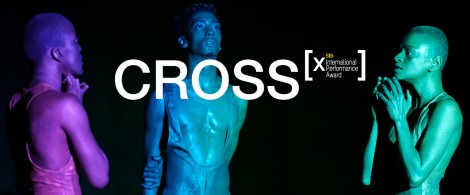
LIS Lab Performing Arts – in collaboration with Fondazione Piemonte dal Vivo and Ricola announces the fifth edition of the ‘Internation CROSS award’ for artists and companies in the field of performing arts and music, with particular attention to productions focused on the close interaction between musical composition and action stage.
With the fifth edition the call renews and changes: 4 projects will be selected for a 16-days residence in Verbania with a fee for the production of € 4.000,00 each.
The award aims to promote investigation and artistic expressions related to the combination of different styles and genres, considering multi-language practices and the mix of techniques and codes pertaining to the various performing arts as reward factors. The goal of the competition is to identify new productions – thoroughly unpublished – that put in dialogue the language of the body and of the stage performance with musical composition, without any restrictions or constraints of kind, category or practice. New for 2018 is the formula of “artists in the territories”. CROSS therefore wants to support the productions that will favor the relationship with the territory both through projects that deal with the theme of the landscape, themes that are generally environmental or that can meet the community. There are no limits on how to share with the territory, the practices and the artistic disciplines.
The call is open to individual artists, professionals and companies. The project must be submitted as a production that can be developed during the different phases of the residency and that could include the most diverse expressive practices (as such: dance, music composition and interpretation, DJ-set, live soundtrack, composition of a soundtrack, activity of noise music, theatre, body performance, singing, new technologies, video art, motion-capture, readings, site-specific design).
INFO
e-mail: info@crossproject.it
website: www.crossproject.it





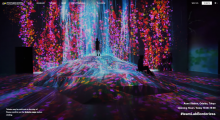
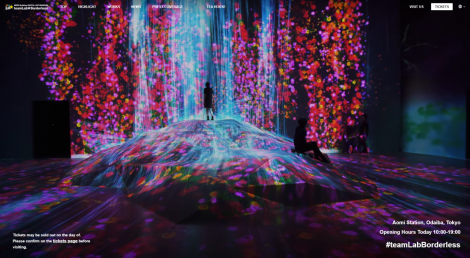

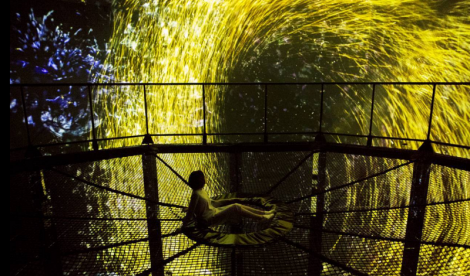
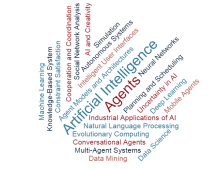
 A special session at the 12th International Conference on Agents and Artificial Intelligence (ICAART) is called on:
A special session at the 12th International Conference on Agents and Artificial Intelligence (ICAART) is called on: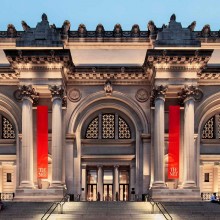
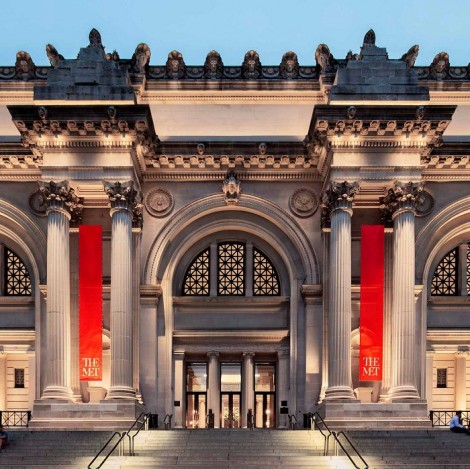 Dear readers, I once again speak about New York and in particular about the Met, the Metropolitan Museum of Art, which digitized a large number of historical documents in the last two years and made them available to the “World” via their website. The Museum has three sites in New York City: The Met Fifth Avenue, The Met Breuer, and The Met Cloisters.
Dear readers, I once again speak about New York and in particular about the Met, the Metropolitan Museum of Art, which digitized a large number of historical documents in the last two years and made them available to the “World” via their website. The Museum has three sites in New York City: The Met Fifth Avenue, The Met Breuer, and The Met Cloisters.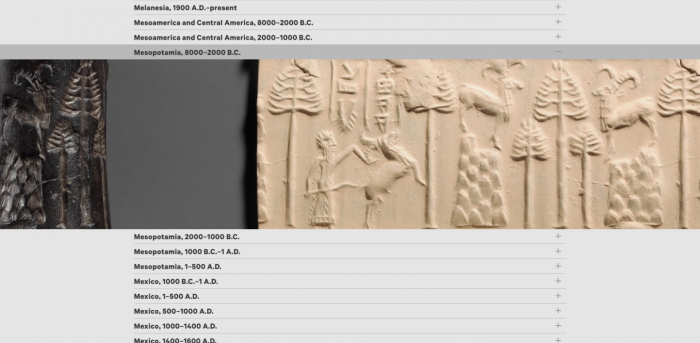
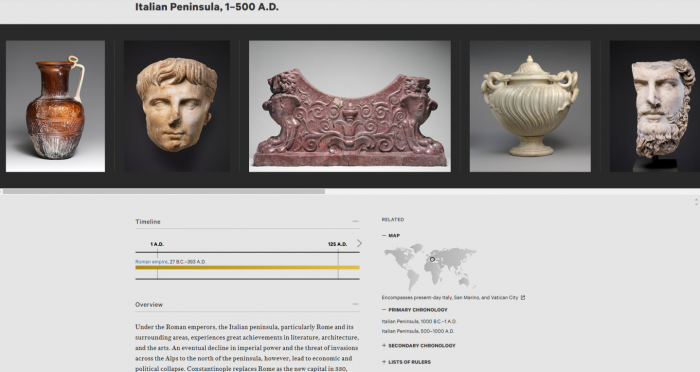
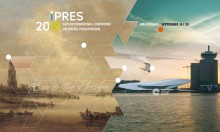
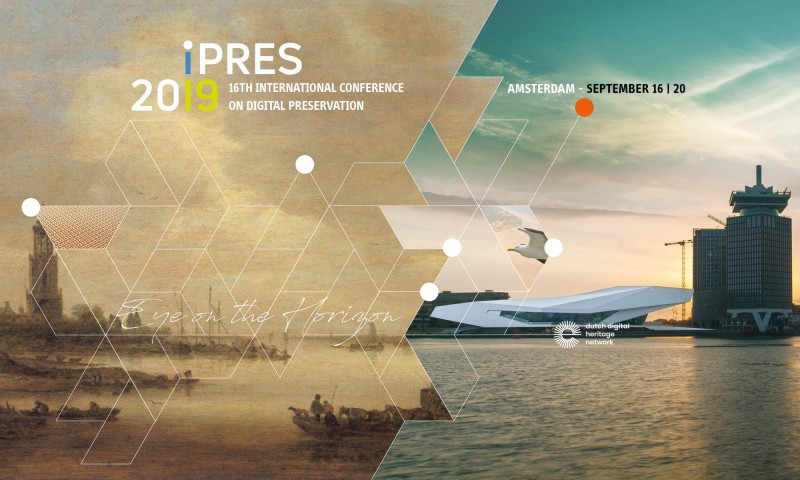 In its 16th edition, the iPRES conference will bring together scientists, students, researchers, archivists, librarians, providers, and other experts to share recent developments and innovative projects in a wide variety of topics in digital preservation from strategy to implementation, and from international and local initiatives. Year on year the debate and research profiled at iPRES have moved digital preservation from a technology driven niche specialism of experts to a global challenge with the community to match.
In its 16th edition, the iPRES conference will bring together scientists, students, researchers, archivists, librarians, providers, and other experts to share recent developments and innovative projects in a wide variety of topics in digital preservation from strategy to implementation, and from international and local initiatives. Year on year the debate and research profiled at iPRES have moved digital preservation from a technology driven niche specialism of experts to a global challenge with the community to match.
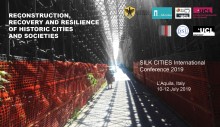
 The international Conference “Reconstruction Recovery and Resilience of Historic Cities and Societies” took place in L’Aquila from 10 to 12 July 2019.
The international Conference “Reconstruction Recovery and Resilience of Historic Cities and Societies” took place in L’Aquila from 10 to 12 July 2019.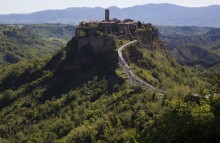
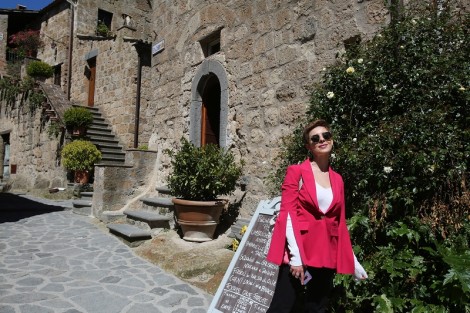 Dear readers, this time I’ll take you to a village that I consider an authentic open-air museum, where alleys, palaces, small squares and the bell tower tell us of a distant past in an extraordinary valley surrounded by gullies. When arriving at Civita, indications inform us that it is possible to download for free an APP that is a guide for the village, which I of course immediately did.
Dear readers, this time I’ll take you to a village that I consider an authentic open-air museum, where alleys, palaces, small squares and the bell tower tell us of a distant past in an extraordinary valley surrounded by gullies. When arriving at Civita, indications inform us that it is possible to download for free an APP that is a guide for the village, which I of course immediately did.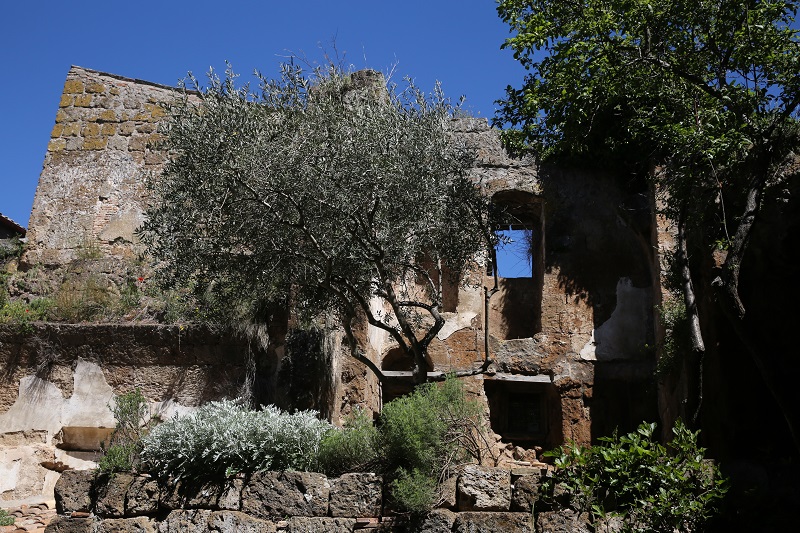
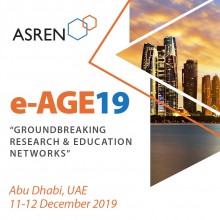
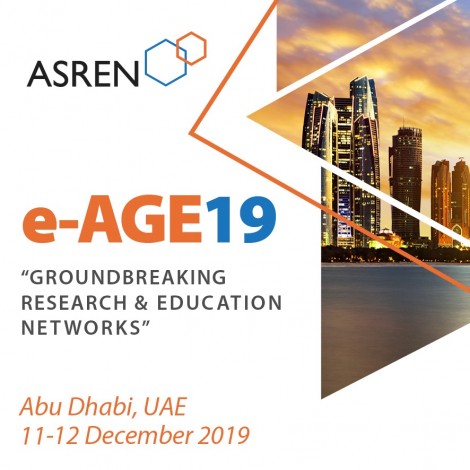 Scientists, researchers and educators are invited to submit full papers reporting on their original and unpublished research in e-Infrastructures and computational and data-intensive sciences for e-AGE, Integrating Arab e-infrastructure in a Global Environment, the annual international conference organized by the Arab States Research and Education Network.
Scientists, researchers and educators are invited to submit full papers reporting on their original and unpublished research in e-Infrastructures and computational and data-intensive sciences for e-AGE, Integrating Arab e-infrastructure in a Global Environment, the annual international conference organized by the Arab States Research and Education Network. If you have interesting news and events to point out in the field of digital cultural heritage, we are waiting for your contribution.
If you have interesting news and events to point out in the field of digital cultural heritage, we are waiting for your contribution.
